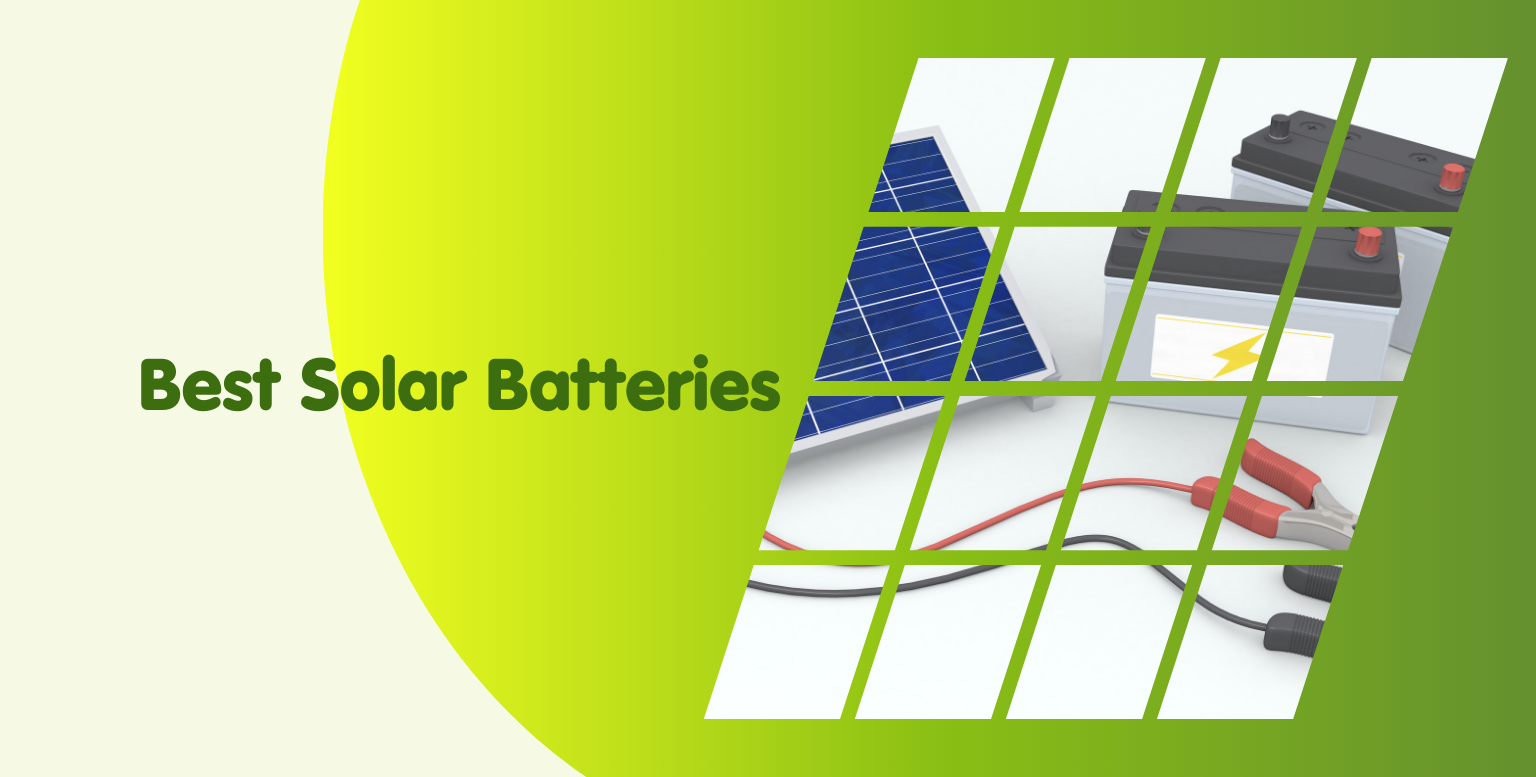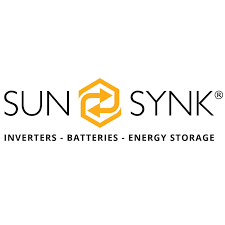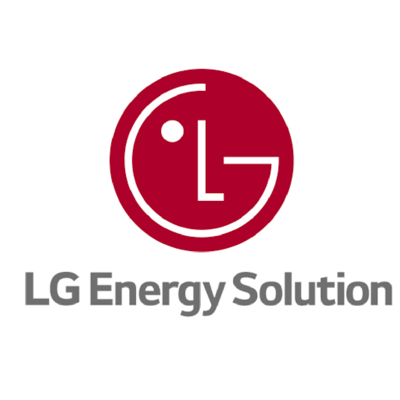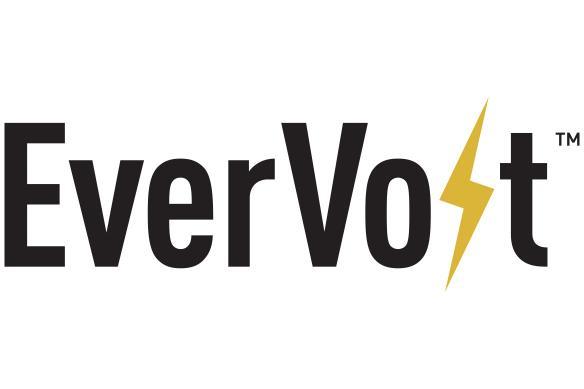Your basket is currently empty!
Written by
Best Solar Batteries for Efficient Energy Storage in 2025

Choosing the best solar batteries hinges on efficiency, durability, and value.

Our focus is to provide direct comparisons and key insights into the solar batteries that meet your energy requirements, without superfluous language.
If you are considering new solar panels with battery storage then read on as we evaluate storage capacity, lifespan, discharge depth, and warranty periods to illuminate your path to a resilient and economical energy solution.

Start Your Solar Project Today
Best Solar Panels & Battery Storage Installation Deals
We price match too!
Key Takeaways
- Solar batteries increase energy independence by storing excess power from solar panels, allowing households to use energy during peak times or when the sun isn’t shining, which promotes cost savings and sustainable living.
- When choosing a solar battery, key factors to consider include storage capacity, lifecycle, Depth of Discharge (DoD), warranty length, and efficiency, with top brands offering various options tailored to different needs, such as AlphaESS, TESLA Powerwall, Sunsynk, LGES, and Panasonic.
- Technological advancements and the integration of smart technology have enhanced solar batteries’ efficiency and lifespan, with lithium-ion batteries leading the market, and compatibility with current solar panel systems being a critical aspect of choosing the right battery.
The Best Batteries for Your Solar Panel System
Solar batteries play a pivotal role in harnessing the power of the sun. They:
- Store the excess electricity generated by solar panels for use when the sun isn’t shining
- Enable households to significantly reduce their reliance on the grid
- Allow you to charge your batteries from the grid during off-peak hours at lower costs and use the stored electricity during peak times
While initial solar battery prices may seem high, imagine the cost savings when you can take advantage of these benefits!
And it’s not just about cost savings. A well-sized solar battery storage system can meet the specific energy needs of a household, ensuring that daily electricity consumption is covered, even when the solar panels are inactive.
But how do you identify a high-performance solar battery? Let’s find out.
Start Your Solar Project Today
Best Solar Panels & Battery Storage Installation Deals
We price match too!
Identifying High-Performance Solar Batteries
When it comes to evaluating solar batteries, it’s crucial to consider key factors such as:
- Storage capacity
- Lifecycle
- Depth of discharge
- Length of warranty
- Efficiency
The battery’s capacity, which is represented by its usable capacity, indicates how much electricity the battery can actually store and use, and is a significant factor in determining the actual electricity a home can draw from the battery.
Depth of Discharge (DoD) is another vital factor, as it influences battery health and determines how much energy can be used before recharging is necessary.
Additionally, round-trip efficiency, which measures the energy lost when storing and retrieving power from the battery, affects overall energy savings.
And let’s not forget about the warranty. Typically lasting for 10 years, the warranty serves as a trust metric for consumers, indicating the expected lifespan of the solar battery.
Top 5 Best Solar Battery Brands for 2025
Now that we understand what makes a high-performance solar battery, it’s time to explore the best brands in the market.
Each brand brings something unique to the table – from scalability and affordability to advanced manufacturing and smart energy management.
Here are the best solar batteries you can buy in 2025:
- #1 AlphaESS
- #2 TESLA Powerwall
- #3 Sunsynk
- #4 LGES
- #5 Panasonic
#1 AlphaESS
AlphaESS, a renowned player in the solar battery landscape, offers scalable energy storage solutions designed to cater to various energy needs.

Their SMILE-G3 10.1kWh Battery, for instance, allows for scalable energy storage up to 60.6kWh through a modular, aesthetically pleasing setup.
An essential aspect of this brand is the robust 10-year performance warranty, giving consumers peace of mind.
The Alpha-ESS Batteries offer several advantages, including:
- An affordable price point
- An aesthetically pleasing design that simplifies installation
- Removable sections that facilitate cable management within wall cavities
- Compatibility with DC coupled solar systems
- Blackout protection
These features make them a reliable choice for your solar power needs.
Start Your Solar Project Today
Best Solar Panels & Battery Storage Installation Deals
We price match too!
#2 TESLA Powerwall

The TESLA Powerwall is a household name in the UK solar battery market, known for its high customer satisfaction and superior performance.
Users find the Tesla app not just useful for monitoring their battery, but also to monitor their solar and home energy consumption, making it a popular choice.
Despite its reputation, availability, and customer service concerns have been voiced.
However, the Tesla Powerwall’s compatibility with different solar inverters and the extra space provided by the Gateway for required switchboard upgrades make it a top pick for many. Yes, it’s expensive, but as they say, quality comes at a price.
#3 Sunsynk
The Sunsynk L5.1 solar battery offers:

- Robust capacity
- Easy paralleling with other units to expand energy storage system
- Built-in Battery Management System (BMS) for maximum safety and longevity
The BMS balances the charge and discharge of cells, helping to extend the overall life of the battery.
Its compact size makes it ideal for scenarios where installation space is limited, yet high power is required.
With a long cycle life, the Sunsynk L5.1 battery promises to be a durable and economically efficient choice for a continuous power supply, especially in off-grid setups.
It’s also weather and dust-resistant, making it versatile for various installation environments.
For high power applications, this battery is a top contender.
#4 LGES
LG’s Home Energy Storage Systems (ESS) offer several key features that make them an appealing choice for homeowners looking to enhance their energy independence and manage electricity costs more effectively.

With options including models with capacities from 9.8 kWh to 16.0 kWh, LG caters to different household needs.
LG ESS units have several key features:
- Built using the Lamination and Stacking (L&S) manufacturing process, minimising internal cell distortion and prolonging battery life
- Allow homeowners to store excess solar energy generated during the day and use it as needed
- Significantly reduce electricity bills
Plus, LG’s commitment to sustainability is commendable.
#5 Panasonic

Panasonic’s EVERVOLT Home Battery System offers a comprehensive energy storage solution that can seamlessly integrate with solar panels, generators, and the utility grid.
Available in capacities of 9kWh, 13.5kWh, and 18kWh, the modules are stackable up to four units, providing a maximum capacity of 72kWh.
This system offers the following features:
- Delivers up to 7.6kW of continuous backup power per 18kWh unit
- Can deliver up to 30kW with four units, which is among the best outputs in its class
- Compact and sleek design allows for indoor or outdoor installation, offering flexibility in placement according to your home’s layout
- Comes with a 12-year warranty for long-term reliability and customer satisfaction
The EVERVOLT system also works perfectly with Panasonic solar panels but can be integrated with other brands of solar technology.
Start Your Solar Project Today
Best Solar Panels & Battery Storage Installation Deals
We price match too!
So Which Should You Buy?
Among the sea of options, some solar battery storage solutions stand out for their exceptional performance and features.
One such solar battery storage solution is the Tesla Powerwall 2, known for its strong performance, high efficiency, and the ability to connect up to 10 batteries, making it an optimal choice for various energy demands.
Other options like the Sunsynk L5.1 offer customisable capacity options, scaling from 1.2kWh to 10kWh, making them perfect for various energy needs.
The LGES 16H Prime is known for its cost-effectiveness, while the Panasonic Evervolt Home Battery stands out with its expandable capacity and solid warranty. These options are suitable for budget-conscious consumers with different system sizes.
The Alpha ESS, a Chinese company with offices in Australia, the UK, Germany, and Italy, offers the Storion SMILE5, an all-in-one unit that includes batteries, a battery management system (BMS), and an inverter with blackout protection.
Other top solar batteries
For large households or high energy demands, the Bluetti EP900 Home Battery Backup offers a compelling package with its modular design and price transparency. This system can power an entire home during a blackout, making it a reliable backup power source.
Other options like the Franklin Home Power can support up to 15 batteries for extensive energy storage needs. The SunPower SunVault offers large capacity with its unlimited cycle warranty, making these batteries a versatile solution for varied energy scenarios.
Start Your Solar Project Today
Best Solar Panels & Battery Storage Installation Deals
We price match too!
Maximising Energy Storage: Understanding Battery Capacity
When choosing a solar battery, it is important to consider the following factors:
- Battery capacity: This is typically measured in kilowatt-hours (kWh) and indicates the total amount of energy a solar battery can store. It determines how much energy can be accessed by households and how long essential appliances can run during power outages.
- Performance and efficiency: These factors are influenced by the battery capacity and determine how effectively the battery can store and release energy.
- Durability and lifespan: Solar batteries should be able to withstand various weather conditions and have a long lifespan to ensure optimal performance over time.
- Safety features: Look for batteries with built-in safety features such as overcharge and over-discharge protection to prevent damage and ensure safe operation.
- Compatibility: Ensure that the solar battery is compatible with your existing solar panel system and inverter to ensure seamless integration and optimal performance.
Considering these factors will help you choose the right solar battery for your needs.
Proper sizing of a solar battery capacity is essential, considering the average daily electricity consumption of a household and the size of the connected solar panel array.
To ensure that a battery meets specific energy requirements, the Depth of Discharge (DoD) must be considered in relation to the battery’s total capacity. For instance, to supply 10kWh of usable energy at 80% DoD, you would need a 12kWh battery.
Durable and Reliable: Solar Batteries with Longevity
Technological advancements, particularly in lithium-ion batteries, have improved solar battery lifespans and cycle lives, with premium batteries now lasting up to 15 years and ranging from 6,000 to 10,000 cycles. Lithium-ion solar batteries typically have a superior lifespan of 10-12 years, outperforming lead-acid batteries, which last between three to seven years.
To prolong the lifespan of solar batteries, follow these tips:
- Keep them in cool, dry locations indoors, such as utility rooms or garages, to protect them from temperature extremes and moisture.
- Avoid regularly depleting the battery completely, as this can lead to quicker degradation of performance.
- Aim for a balanced cycle count of about one cycle per day, as this is considered optimal for preserving the battery’s capacity and lifespan.
By following these guidelines, you can maximise the longevity of your solar batteries.
Start Your Solar Project Today
Best Solar Panels & Battery Storage Installation Deals
We price match too!
Optimal Charging: Depth of Discharge Explained
Depth of discharge (DoD) is an important term in the world of solar batteries. It indicates how much of a battery’s capacity can be used before it needs to be recharged.
It should not be confused with battery capacity, which is the total amount of power a battery can hold. A higher DoD allows for more of the solar battery storage to be consumed on a daily basis, optimizing the energy available for home use.
To ensure a solar battery’s health and longevity, one must respect the manufacturer’s recommended DoD, which dictates how much capacity should be used before recharging.
For practical energy usage and budget considerations, it is recommended to select a solar battery with a DoD of at least 80%. This ensures a good balance between cost-effectiveness and daily energy needs.
The Economics of Solar Batteries: Cost vs. Savings
While the cost of adding a residential solar battery storage system typically ranges from $10,000 to $20,000, the savings that come with it can be substantial. Households equipped with solar and battery systems can save significantly on energy bills, with specific tariffs like Intelligent Octopus Flux leading to annual savings of over £1,000.
The payback period for solar and battery installations in UK homes is approximately 7 years. What’s more, with electricity prices in the UK having doubled since the end of 2021, the financial benefit and significance of solar and battery system savings have become even more enhanced.
Compatibility Check: Pairing Batteries with Existing Solar Panels
Compatibility is a crucial aspect to consider when adding a solar battery to an existing solar panel system.
There are two types of systems to consider: AC-coupled and DC-coupled. AC-coupled battery systems, like the Tesla Powerwall, work with different inverter types and can be installed even if an existing solar system wasn’t initially designed for a battery.
On the other hand, DC-coupled batteries can be paired directly with storage-ready solar systems that have hybrid inverters. While adding an AC-coupled battery to an existing inverter might be less expensive initially, it can result in decreased efficiency compared to a DC-coupled battery system.
Retrofitting an existing solar system to add a solar battery bank enables round-the-clock availability of solar electricity, with AC-coupled systems being compatible for this upgrade.
Solar Battery Installation: Getting It Right
Solar battery installation is a meticulous process that should be carried out by certified installers. Companies like Green Central, with over 12 years of experience and offering VAT-free installation services, provide peace of mind.
The solar battery installation process typically spans approximately two days, allotting significant time for scaffolding setup for optimal roof access.
An appropriate solar battery system should be accurately sized by the installer to meet the homeowner’s specific energy consumption and emergency power requirements. Getting the installation right not only ensures the efficiency of the solar battery but also prolongs its lifespan.
Summary
As we’ve explored throughout this article, solar batteries are a key component in harnessing the power of the sun, offering energy independence, cost savings, and a reliable power source during outages.
From high-performance batteries like AlphaESS and Tesla Powerwall to eco-friendly options and innovative technologies, there’s a solar battery for every need.
With the right installation and understanding of warranties, you can enjoy the benefits of solar energy while contributing to a sustainable future. Solar power is undoubtedly the future of energy, and solar batteries are making that future brighter.
Frequently Asked Questions
What is the role of solar batteries in a solar panel system?
Solar batteries store excess electricity generated by solar panels, allowing households to reduce their reliance on the grid when the sun isn’t shining.
What are the key factors to consider when evaluating solar batteries?
When evaluating solar batteries, it’s crucial to consider factors such as storage capacity, lifecycle, depth of discharge, length of warranty, and efficiency. These factors will impact the overall performance and cost-effectiveness of the solar battery system.
How does the depth of discharge affect a solar battery’s usage and health?
The depth of discharge (DoD) indicates how much of a solar battery’s capacity can be used before recharging. It is optimal to maintain a balanced cycle count of about one cycle per day to preserve the battery’s capacity and lifespan.
Are there eco-friendly solar battery options?
Yes, there are eco-friendly solar battery options available, with manufacturers using recycled or responsibly sourced materials and reducing emissions during production. For example, the Puredrive Purestore II is assembled in the UK, contributing to a sustainable energy economy.
What is the importance of warranties for solar batteries?
Warranties for solar batteries are important as they provide reassurance and protection against defects or performance issues over the battery’s lifetime. They also guarantee the battery’s performance at an agreed capacity or efficiency level over a set number of years.
Written by
Start Your Solar Project Today
Best Solar Panels & Battery Storage Installation Deals
We price match too!





